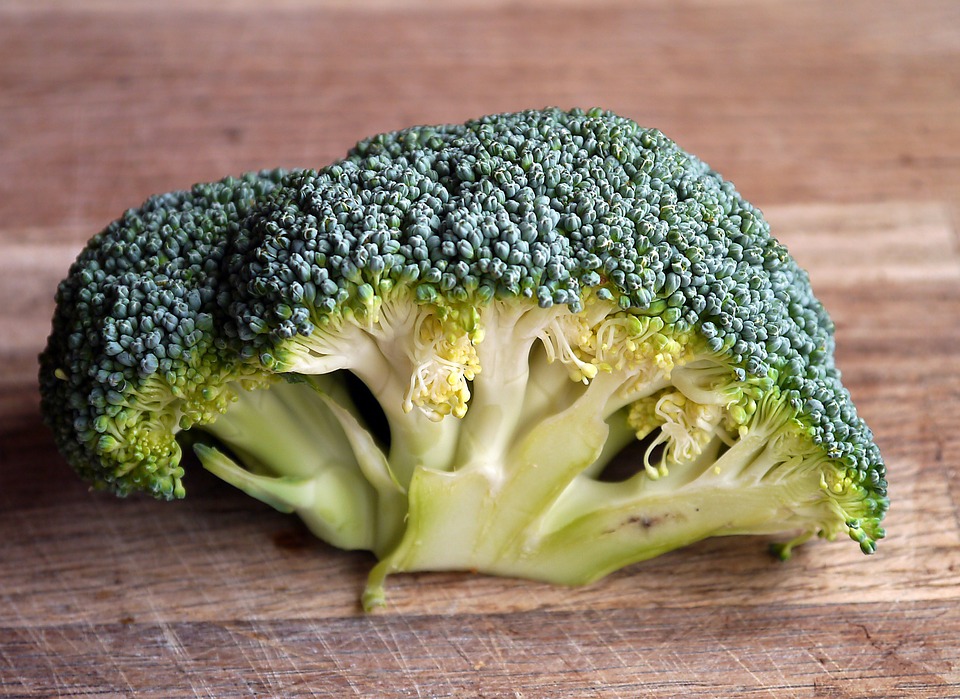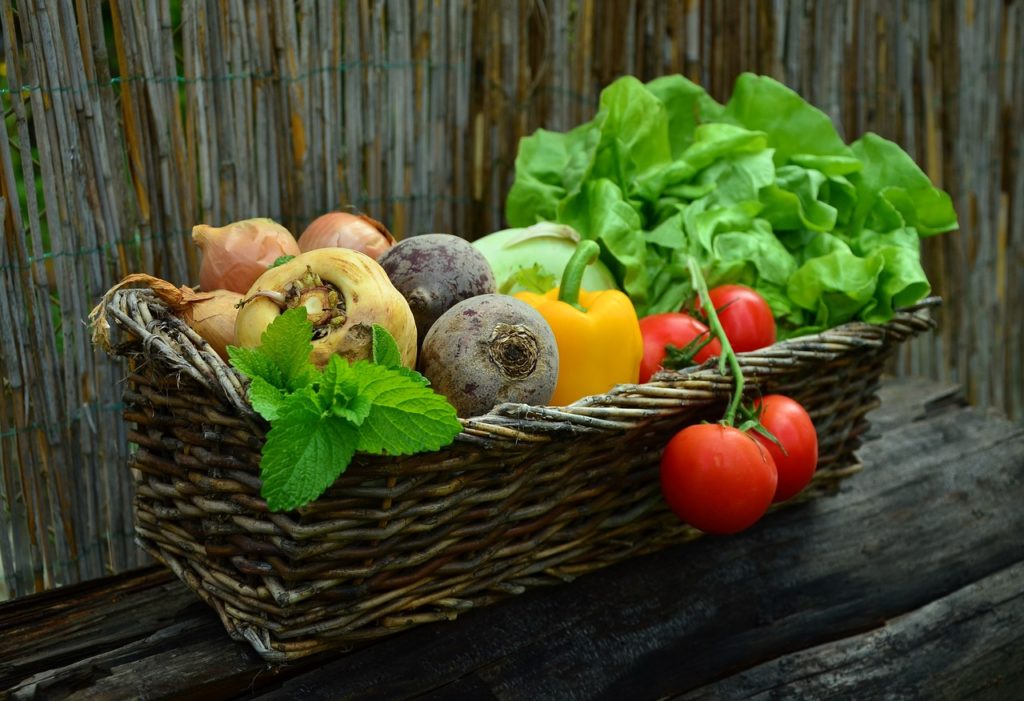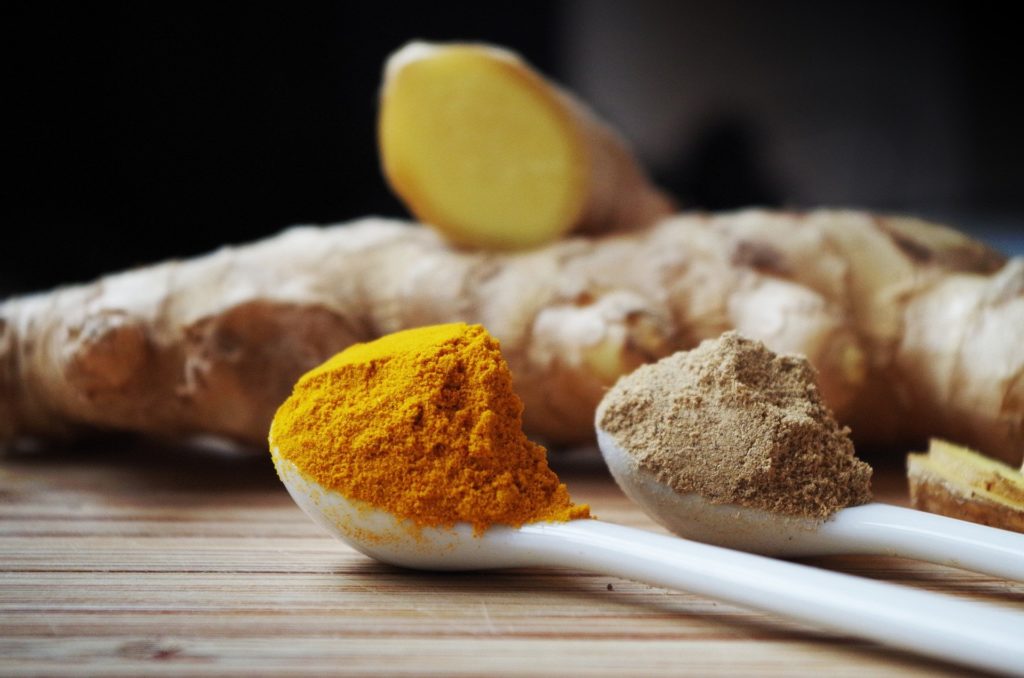A recent study from the University of Jyväskylä has found that eating habits can impact the risk of pelvic floor disorders in middle-aged women. The research showed that consuming more highly processed ready-made foods and fast food increased the likelihood of experiencing stress and urgency urinary incontinence. On the other hand, eating more fruits and maintaining a high-quality diet lowered the risk of stress urinary incontinence.

Key Findings
- Higher Risk with Processed Foods: Women who ate more highly processed foods and fast food were more likely to experience symptoms of stress and urgency urinary incontinence.
- Lower Risk with Healthy Diet: Women who consumed more fruits and had an overall higher-quality diet were less likely to experience stress urinary incontinence.
Understanding Pelvic Floor Disorders
As women approach menopause, the prevalence of pelvic floor disorders increases. Factors like estrogen deprivation during menopause, natural aging, reproductive history, and increased intra-abdominal pressure can lead to issues with the pelvic floor’s structure and function. Additionally, lifestyle choices, including nutrition and eating habits, can significantly affect these disorders.
The Role of Disordered Eating
The study, led by doctoral researcher Mari Kuutti, focused on how disordered eating affects the onset of pelvic floor disorder symptoms. Disordered eating includes behaviors such as overeating, restrictive eating, and alternating between the two. The research found that women who reported disordered eating were more likely to experience symptoms of pelvic floor disorders compared to those with normal eating habits.
Common Pelvic Floor Disorders
The study examined conditions such as stress urinary incontinence, urgency urinary incontinence, fecal incontinence, and difficulties with constipation and defecation. Over half of the study participants experienced symptoms of pelvic floor disorders, with stress urinary incontinence being the most common.
Dietary Influence
The study looked at the impact of common Finnish food items on pelvic floor disorder symptoms. It highlighted the negative effects of highly processed foods and fast food while showcasing the benefits of consuming more fruits and maintaining a higher-quality diet.
Preventive Measures
To help prevent these symptoms, the eating behavior of women at risk should be assessed, and guidance towards healthy eating patterns should be provided.
This study emphasizes the importance of a healthy diet in managing and preventing pelvic floor disorders in middle-aged women. By making better dietary choices, women can potentially reduce their risk of these conditions and improve their overall quality of life.



